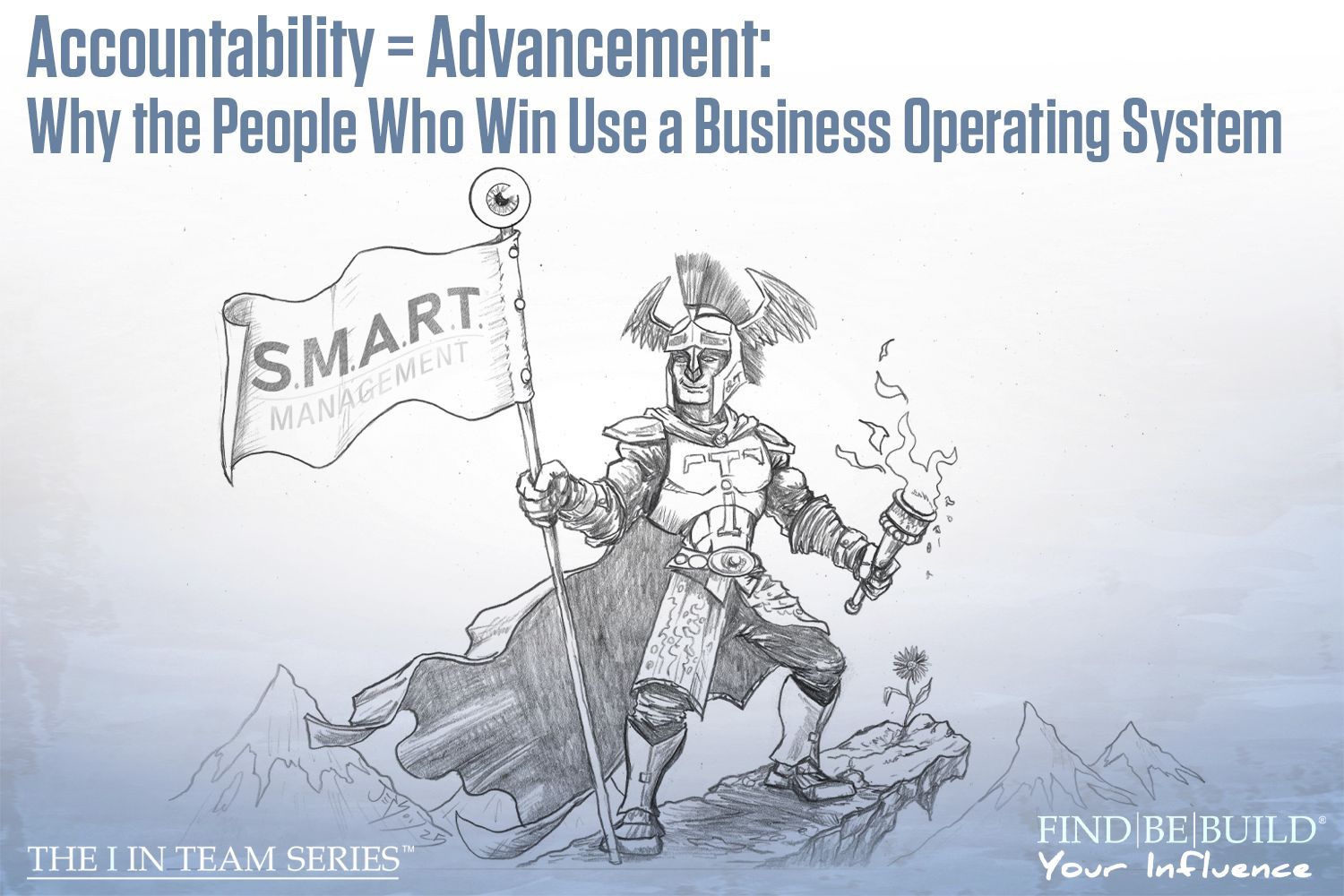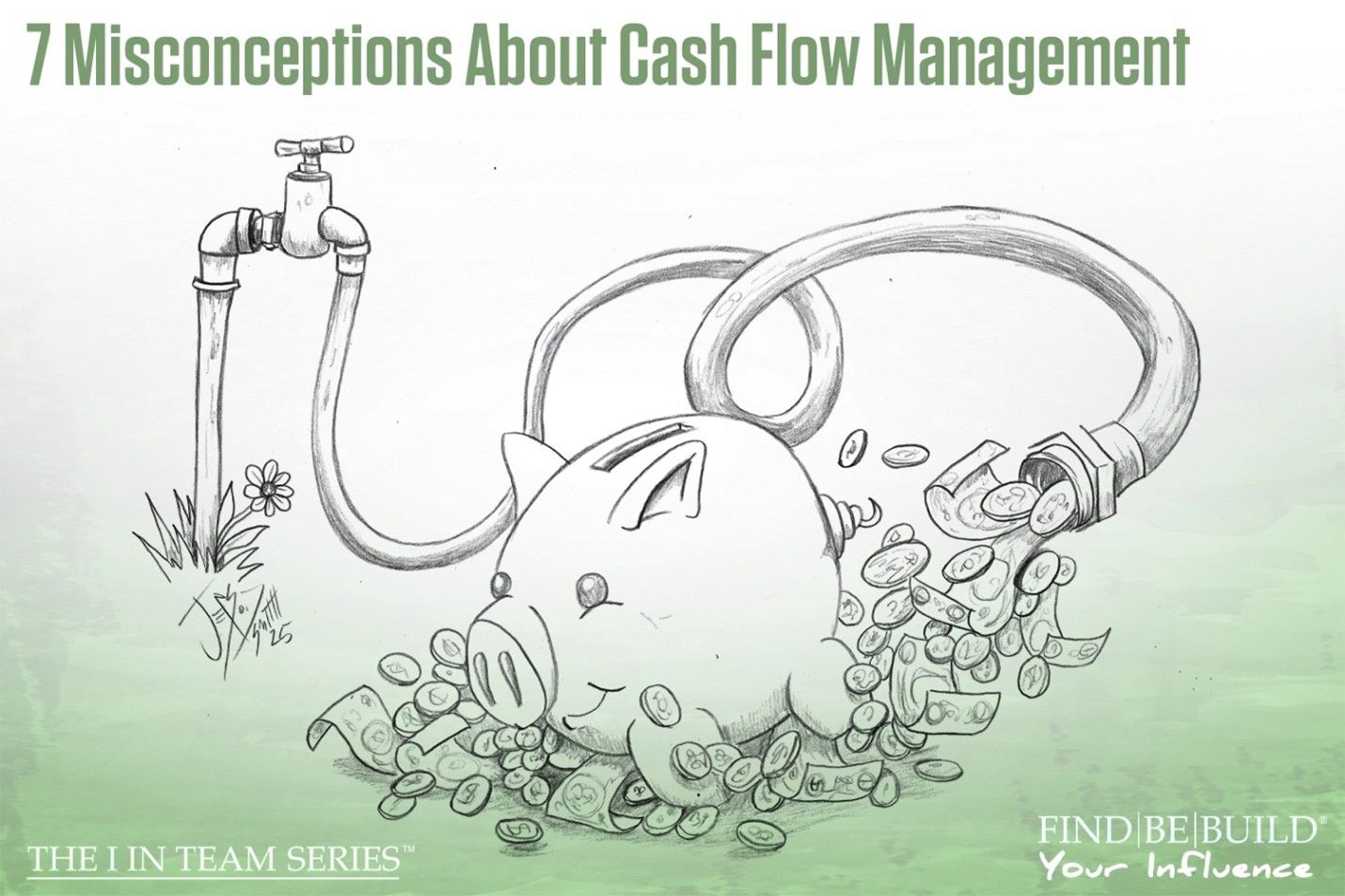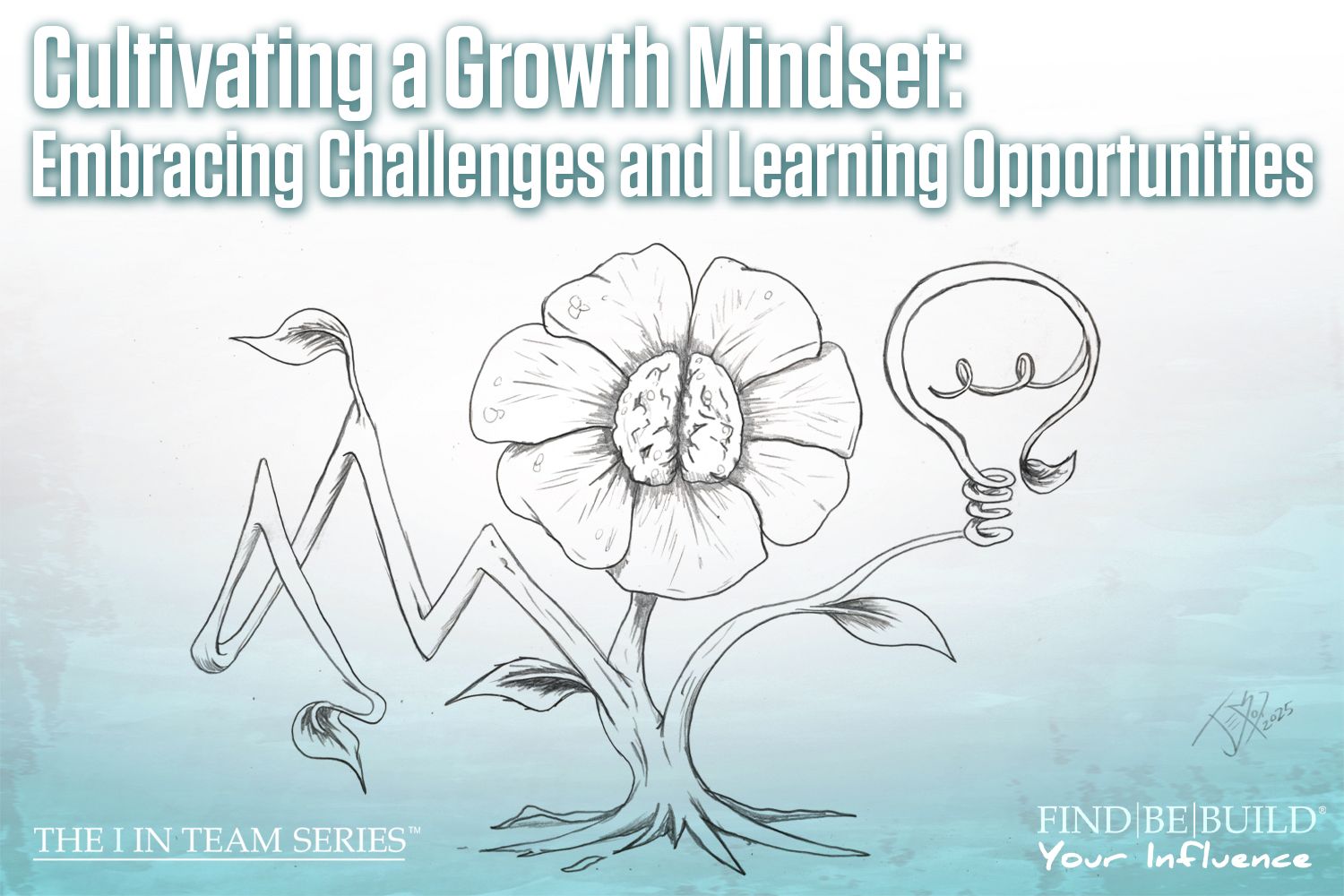How to Politely Interrupt Others

Effective business consulting communication
How to Politely Interrupt Others
Hi, team! It’s your friend, Mary, with the “I” in Team series where you can find, be, and build your positive influence. Our Gratitude Group was recently discussing the art of listening and the topic of interrupting others came up. We all interrupt from time to time, sometimes because we are excited or maybe we want to make sure our point gets heard before the person or group moves on to a different conversation. Our consensus was that interruptions are generally rude; however, we wondered how one might politely interrupt others. Interruptions don’t always need to be rude or compulsive, and we are here to help you gain confidence in communication when it’s necessary to politely interrupt.
Reasons for Interrupting Others
There are many reasons why we may want to politely interrupt others. As stated, two of those reasons might be that we are excited, or we are worried that the conversation will move on before we can get our thoughts out. However, if you interrupt out of excitement or desire to speak your mind, be sure that your contribution is valuable. If you don’t have something to say that adds value, it can come across as more rude to those engaged in the conversation (for example, if what you say is off topic or has already been stated).
Another reason might be that you are in a time crunch and need to walk away from that person. The other person should understand if you need to run as we all find ourselves in moments where we don’t have time to chat, but there are polite and impolite ways to leave a conversation before it is naturally finished. You might also find that you need to get the attention of someone who is deep in thought or in conversation with someone else. The key here is to decide if you are going to interrupt or keep moving, but don’t awkwardly hover around and wait. Go for it or walk away!
When to Interrupt
When in conversation, it’s best to avoid interrupting in the middle of someone’s sentence. There are certainly exceptions to this rule, but the best path is to look for an opening to quickly interject. One example might be waiting for whoever is speaking to take a breath. While they pause, you can jump in with a polite phrase to let them know you don’t wish to derail them, but you would like to express your knowledge on the topic. If the speaker doesn’t appear to be taking any pauses, another time that might be beneficial to politely interrupt is at the end of a phrase or sentence. Sometimes it can feel uncomfortable to interject, but there are polite and impolite ways which we list out below!
Polite Phrases
- Do you mind if I jump in?
- Before we move on, I would like to add…
- I’m sorry to interrupt, but…
- Would you mind explaining that a little more?
- Pardon me [name] …
- Excuse me [name] …
- That reminds me…
- May I interrupt for a moment?
- Can I stop you there for a moment?
Impolite Phrases
- It’s my turn to talk.
- Hold up…
- I already said that.
- You’re not listening to me.
- Be quiet!
- Wait a minute!
- Clears throat aggressively
Bottom Line
We won’t deny that interrupting others can be uncomfortable, but we hope that you agree that sometimes it is necessary. Whether you need their attention, to leave the conversation, or wish to contribute your point, there is a way to politely interrupt others. Consider your timing and read the room. Above all, when you use polite language and do your best, you can interrupt anyone without feeling guilt or anxiety.












